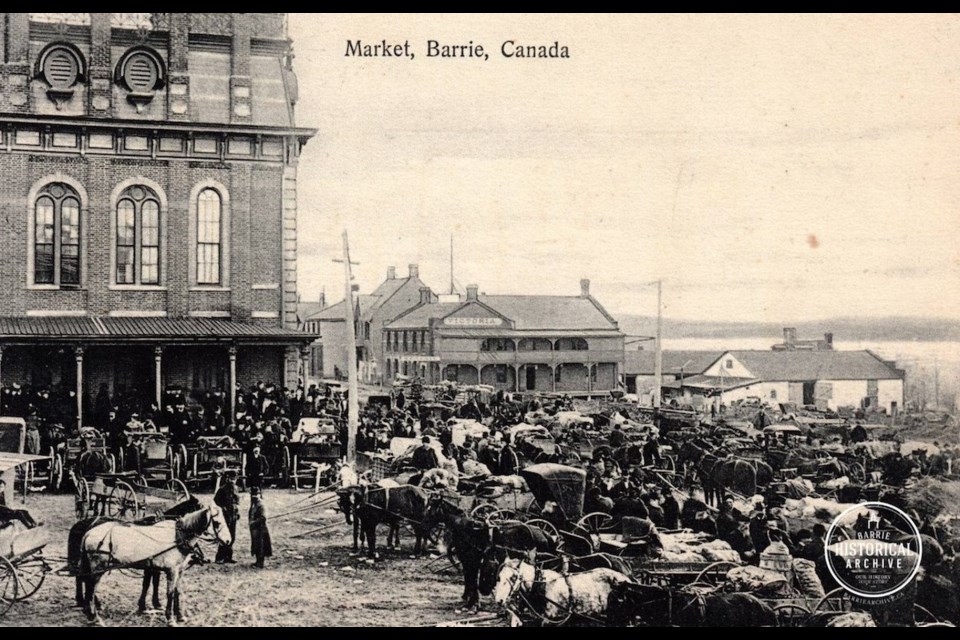In the late 1970s, a school friend of mine, who lived on a neighbouring rural concession road, excitedly showed me the family’s newly installed three-piece bathroom. I wasn’t overly impressed by the renovation as I was only a child and didn’t yet care about such things. But what I failed to realize at the time was that this was their first indoor toilet!
As a child growing up in late 20th-century Ontario, I wasn’t aware that the modern bathroom was a fairly new thing. I think I now understand the glee behind that bathroom fixture reveal. I would guess that a large part of their joy would have come from saying goodbye to the old-style outhouse, a fixture that I fortunately had never experienced.
In 1947, the town council of Barrie was still trying to convince some local folks to install indoor plumbing and let go of their outhouses. It was reported that some 205 households in the town depended on an outhouse, and 55 of those were located on a street where sewage hook up was available. The council lamented that, despite an offered wage of $2 an hour, they could find no one willing to collect the night soil.
‘Night soil’ is a euphemism for the contents of the hole beneath the outhouse, or ‘privy’ as it was often called. This hand-dug holding tank would eventually become full and in came the night soil man to empty it. Under the cover of darkness, this unpleasant but necessary task was done with long-handled dippers used to fill barrels, which were then taken away on a cart.
Where did this substance go? It was commonly used for garden fertilizer, and at times for the making gunpowder, but was very often just dumped somewhere, likely even into Kempenfelt Bay in days gone by.
Another type of privy was the dry earth closet. These could be used outdoors or in, as they were claimed to be fairly free of offensive odours. The dry earth method involved a vault of sifted soil which had more soil added after each use. Again, the contents were periodically removed to the kitchen garden.
The Aug. 8, 1979 edition of the Barrie Examiner published an article about then 87-year-old resident Frank McCracken and his recollections about his early days around Barrie.
“Sewers were rather scarce, too,” he said, referring to the first decades of the 20th century.
“Mr. White operated what might be called a portable sewage system. It consisted of a big wooden tank mounted on a farm wagon and drawn by two horses. Some called it the honey wagon. Outhouses were cleaned regularly; owners paid a fee for the service. When the tank was well filled, it was not unusual for the street to be splattered a bit, especially when a wagon wheel hit a rough patch.”
On April 1, 1976, Glen Brown spoke to a Barrie Examiner reporter just as the old Cundles school house, once located at Cundles Road East and Bayfield Street, was being demolished. He remembered his school days there during the Depression years. His father, Wallace Brown, had attended the Cundles school in the 1890s.
“Prior to his time there, pupils had to use an outhouse next to the school’s woodshed, but during the '30s, facilities were updated to provide chemical units inside the building – a great help on winter days.”
I have previously stated how thankful I am for modern medicine. Let’s add modern plumbing to that list as well.
Each week, the Barrie Historical Archive provides BarrieToday readers with a glimpse of the city’s past. This unique column features photos and stories from years gone by and is sure to appeal to the historian in each of us.



